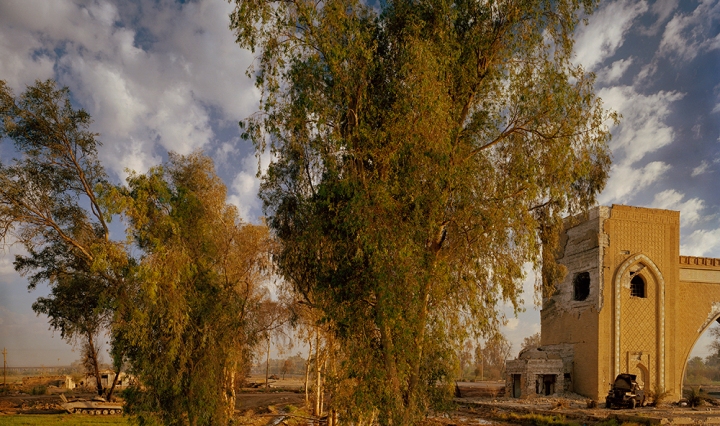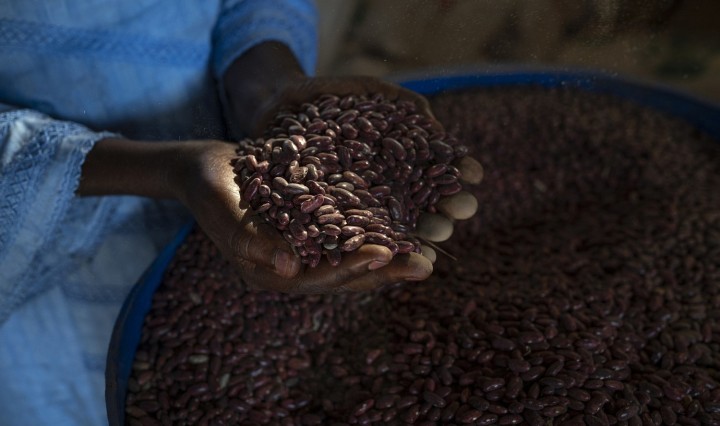
Research point – Post colonial ethnography
Do your own research into the bodies of work discussed in this project. Can you find any examples of work carried out amongst indigenous peoples that, in your view, honestly document the lives of their subjects without falling into some of the traps that we’ve been discussing here? If so, how has the photographer achieved this? The works discussed in the course notes high-light some of the common pitfalls that western photographers failed to avoid when photographing non-white subjects. These include: Romanticism, particluarly the idea of the ‘noble savage’ or ‘primitive beauty’ De or recontextualisation, removing the subject from their … Continue reading Research point – Post colonial ethnography






